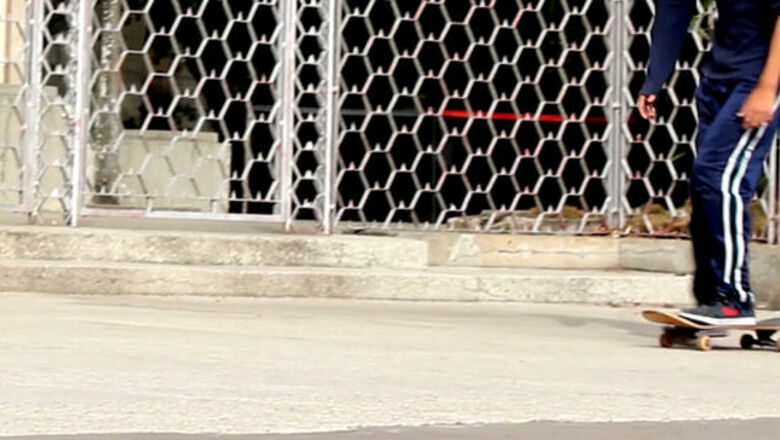
views
X
Research source
Lifting both the front or back set of wheels off the ground counts as a manual - if you lift the back wheels off the ground, you're performing a variant on this trick called a nose manual. See Step 1 below to get started - generally, it's easiest to learn the normal manual first before attempting the nose manual, so the instructions for both are listed in that order.
Performing a Basic Manual
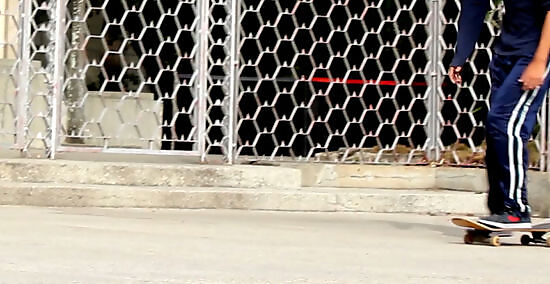
Start rolling forward and place your back foot on the tail. Manuals require you to be rolling forward (though, if you have difficulty performing one, you may want to practice your manuals standing still). Roll forward at a slow, controlled speed in your normal riding stance. Then, in preparation for your manual, shift your rear foot back to the tail of your board. Place it in a location that's comfortable for you. Generally, your foot should cover most of the "curved" portion of the tail. Your front foot should be near the middle (or on top of) the front trucks. It probably goes without saying, but, before attempting a manual, take all necessary safety precautions. Always wear a helmet (and, optionally, elbow pads, etc.) when skateboarding. Before you get the hang of the manual, it's not unusual for the board to slip out from under you, causing you to fall backward. This can lead to serious injury if you're not adequately protected. Additionally, ensure the surrounding area is free from obstructions that may hinder you while riding. Flat, open spaces are best for practice.
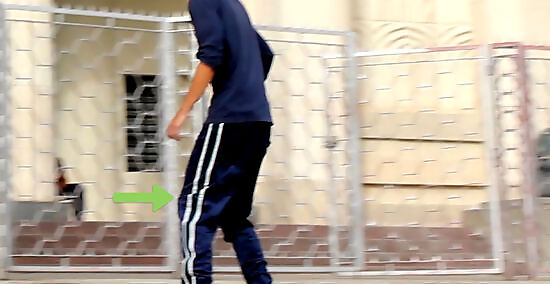
Bend your knees. Balance is of the utmost importance when performing a manual. To be able to hold your manual, you need to be able to make minute adjustments to your stance to keep your weight centered and balanced. This is much harder to do if your legs are "locked" straight. As you roll forward, make sure there's a slight bend in your knees before attempting to manual.
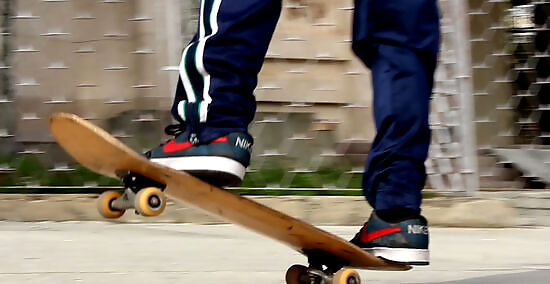
Now, shift your weight to your back foot as you lean forward. Slowly and carefully begin to put weight on your rear foot. As you do this, lean forward slightly with your upper body. The increasing pressure on your rear foot should eventually cause the front wheels of the skateboard to lift. Leaning forward allows you keep your center of mass over the board, making it less likely that the board will slip out from under you. Don't lean back, even if it seems intuitive to do so. This is a sure-fire way to fall flat on your back.
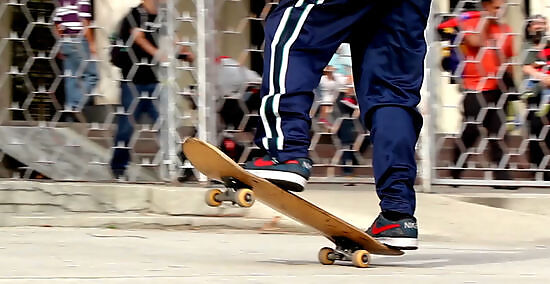
Maintain your balance. Hopefully, at this point, you're rolling forward with the front of your board in the air (if not, practice, practice, practice!) Now, your goal is to keep doing this for as long as you can. Listen to your natural sense of balance - if you feel yourself beginning to fall forward, lean back and put extra weight on the tail of the board. If you feel yourself beginning to fall backward, lean forward. The trick here is not to overcompensate - try to keep your movements small and controlled as you adjust your weight. Realistically, you will probably fall down many times before you're able to get the hang of this, so elbow, wrist, and knee pads may be a good idea. Don't get discouraged if you can't hold your manual for more than a second or so at first! Manuals require lots and lots of patient practice - at first, you may not even be used to using the muscles you need to stay balanced. Stick with it!
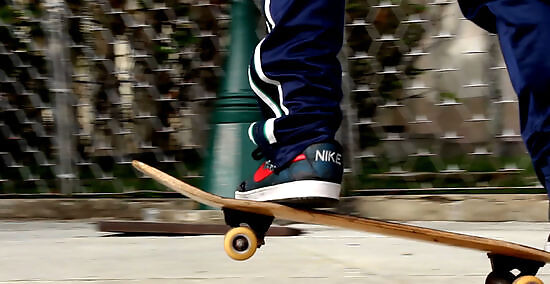
Push your front foot down to end the manual. Being able to start and hold a manual isn't quite the whole story - to be able to say with confidence that you know how to "do a manual", you need to be able to transition from a manual back to normal riding without falling down. Shift your weight slowly from your back foot to your front foot. As you do this, slowly bring your upper body (which should be leaning forward at this point) back to its normal, upright position. The front of your board should ideally fall back to the ground.
Performing a Nose Manual
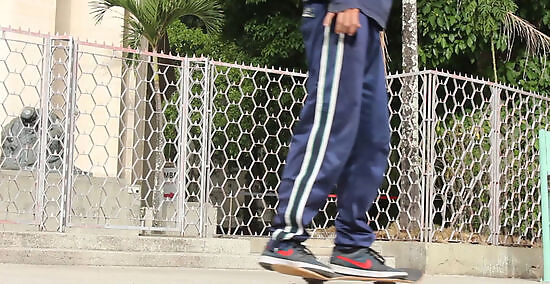
Start rolling forward with your front foot on the nose of the board and your knees bent. Performing a nose manual requires basically the exact opposite actions as a normal manual. Start rolling forward, then shift your stance so that your front foot is on the curved portion at the front of the board (the "nose"). If it isn't already, put your rear foot on or near the rear trucks. Put a slight bend in your knees. This stance makes it possible for you to lift the rear wheels off the ground, balancing on the front wheels.
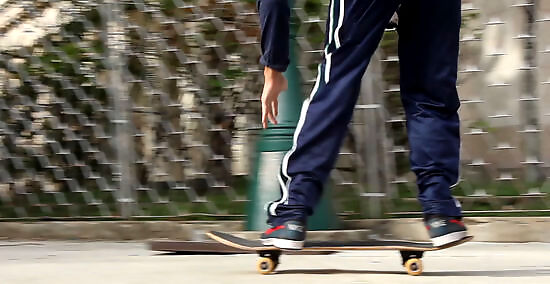
Gently press down on the nose. As you roll forward, shift your weight from the center of the board onto your front foot. For balance, raise your arms away from your sides, and, if necessary, lean back ever-so-slightly. At first, this will invariably result in the board slipping out from under you. This is OK - with time, you'll develop a sense of where your center of mass is and you'll be better at keeping your balance.
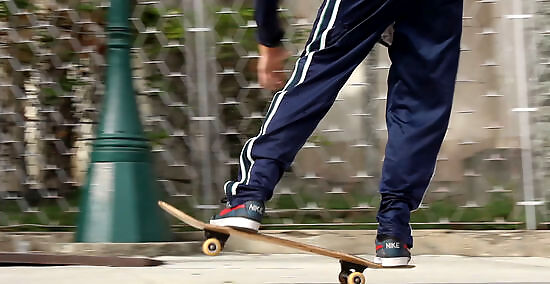
Keep your mass over the front wheels. To hold your nose manual as you roll forward, you'll want your weight balanced carefully over the front set of wheels. At first, this will be exceedingly difficult, but, with practice, it will become easier. If you're having difficulty keeping your balance, try shifting your hips and/or torso to compensate for any imbalances. You may also want to experiment with using your back foot to push gently downward and maintain balance. As soon as you are able to hold your nose manual for a second or so, start trying to hold it for longer and longer distances. With patient practice, your sense of balance will gradually improve and maintaining your balance during a nose manual will become as natural as doing so during a normal manual.
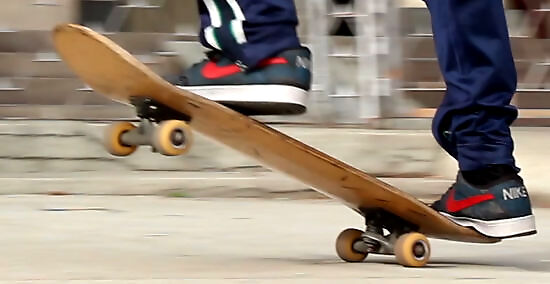
To end the nose manual, push down with your back foot. As with normal manuals, to return to a normal riding stance, force the elevated portion of the board back down to the ground. As you do so, shift your weight back over the center of the board to make it easier to maintain control. Finally, move your feet back to their normal riding positions.

















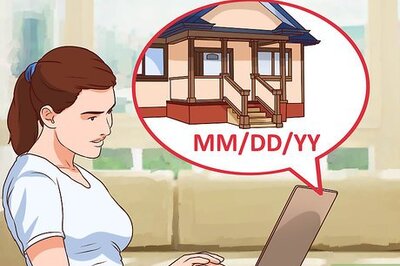
Comments
0 comment